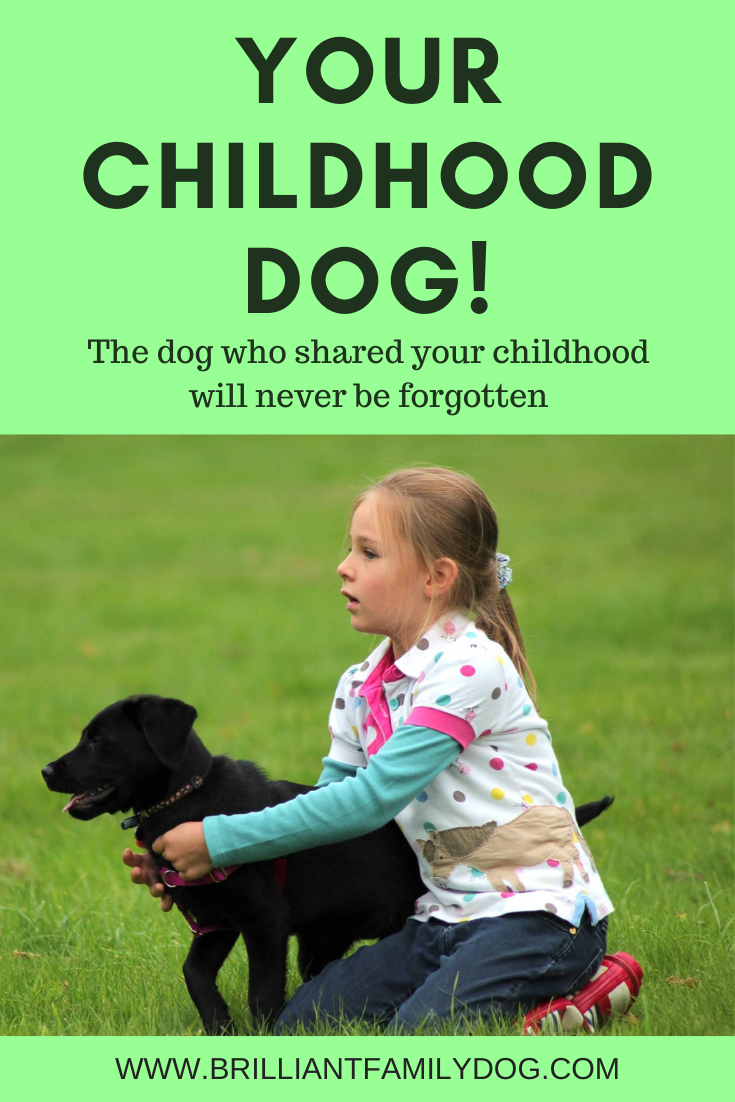You’ve loved your dog for ever.
Just about as long as you’ve wanted children.
You’re now settling down - you’re ready for domesticity. You’re ready to open up your perfect and precious home to crying, laughing, chewing, scribbling - messes of all kinds.
And as you plan and hope and dream, you can’t help wondering if you have enough love and patience to go round.
Will you be judged more severely as a mother than as a dog-owner?
You find yourself asking: “Will I end up loving the non-demanding dog more than the difficult and very demanding children?”
It’s a Good Question!
And a very valid one.
Few people realise what parenthood will really be like. Even if they’ve spent their lives in large extended families with masses of babies and small children, the enormity doesn’t actually hit them till they’re on their own with another, totally dependent, human being.
I guess that’s why our inbuilt yearning causes us to lumber blindly into it! Something has to keep the human race going, and mass amnesia seems as good a way as any.
And I have to say that having spent eight years training, competing with, and wholeheartedly enjoying my four dogs, I was not a little trepidatious myself while awaiting the birth of my first child.
While people who hadn’t experienced the close bond I had developed with my dogs talked excitedly of the new life I was launching and launching into, I smiled outwardly - while Inside I was anxiously wondering if the baby could possibly live up to the dogs.
Those of you who have never experienced a close bond with an animal may be bailing now, thinking I’m completely off my trolley. But stay with me - read on a bit!
My dogs had clear personalities of their own: likes, dislikes, fears, energy levels - everything was individual to them. I suppose I thought that with its slower development a baby would take longer to reveal its personality.
How wrong could I be!
The moment my child was born he was there. Himself. No-one else. And while I was shockingly totally responsible for his very survival, never mind his development and education, it was a relief to know that he was now just as real to me as my dogs were.
Only different.
A Different Kind of Loving
Just as I responded to each of my dogs as an individual, so I responded to my son as an individual. While a dog’s development can be measured in weeks and months, only years will suffice to measure a child’s development. The time invested in child-rearing is of necessity much greater than that invested in puppy-rearing.
I found it much easier than I had feared to adjust to motherhood. It was much as before, except infinitely more time-consuming. Along with the dogs there were many cats, chickens, a flock of pedigree sheep, and a herd of pedigree dairy goats. I was already a full-time nurturer. So adapting to my second child a year or so later was pretty straightforward.
My dogs helped me by getting me out and keeping me fit, and giving me time to myself (and them) when I was able to leave the children for a while. They also helped by keeping me in touch with my other dog-competition friends, and ensuring that no morsel of food falling from the high chair ever hit the floor, thus making up for the muddy paw prints and shed hair.
But the Same Kind of Learning
The pleasant surprise in all this was that the way I worked with my dogs was exactly as effective with my children. I didn’t hit, punish, or nag my dogs. They chose to work purely for rewards.
All animals - from killer whales to chickens, from donkeys to rhinos, from dogs to children - respond to choice-based training. This has been proven scientifically for many years by university departments all over the world. There is no need to punish - punishment only serves to make the punisher feel better and doesn’t change the situation.
Give them the choice.
“Would you like to wear your blue jumper or your red jumper?” is a very easy choice to offer, where you don’t care which they choose. But once they choose they are satisfied and they’ll stick with it. The dog equivalent could be “Do you want to put your lead on and go for a walk or do you want to jump around like a fool and go nowhere?” Show your dog the lead. If she keeps still to put it on then you can go out, if she flies around barking you put the lead away and try later.
What you focus on is what you get.
So focus on what you want, not what you don’t want. Basically, this means you reward what you like; you ignore what you don’t like; and you manage what you can’t ignore. Both dogs and children can choose whether to comply and get a reward (liver treat or tv program, walk or ice cream), or refuse to comply and get … nothing whatsoever - no reaction at all.
Be consistent.
What I had already discovered with my dogs was that being consistent made life a hundred times easier. If Yes means Yes, and No is never going to be anything other than No, you only need say these things just the once. As my wise four-year-old once remarked to a visiting child who was about to kick off whingeing and complaining because I had said No to her: “She means it, you know.” He knew that I was consistent. So it was very easy to follow clear house rules, rather than guessing “Is today the day I’ll be able to get away with throwing cake at my brother / pulling on the lead?”
Be reasonable.
Be sure what you’re asking is something they already know and understand. If they’ve never been shown how to lay the table, you can’t complain when they look blankly at you. If you’ve never taught your dog to come back when he’s called, how can you possibly blame him when he doesn’t?
Be honest.
Admit when you’ve made a mistake. Say sorry if you lose it. They need to see that we can be victims of the moment too.
Separate the doer from the deed.
There are no naughty dogs and there are no naughty children. There are dogs and there are children who do naughty things. Labelling them changes them in your eyes (not to mention their own!) and doesn’t give them the choice whether or not to repeat the naughty thing. If they are “naughty”, then they are doomed to stay naughty.
Just love them anyhow.
The dogs aren’t with us for long, and the children don’t stay children for long. Life is too short to fill our time with admonishments and blame.
Are you wondering if you’ll be able to cope with your feelings towards your pets and your children, or have you got it all sorted? I’d love to hear from you, in the comments below or here.
Want to see how I manage my dogs and my children the same way?
Watch this free Workshop and get some ideas!



















